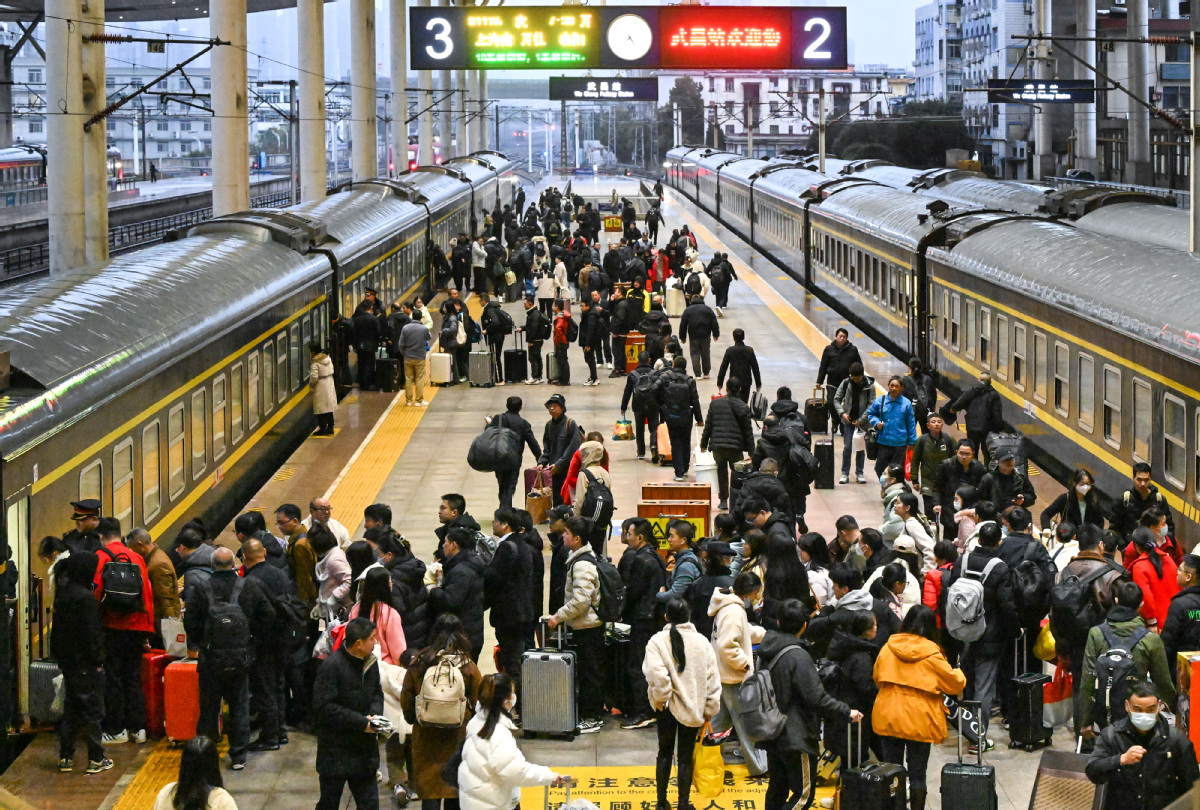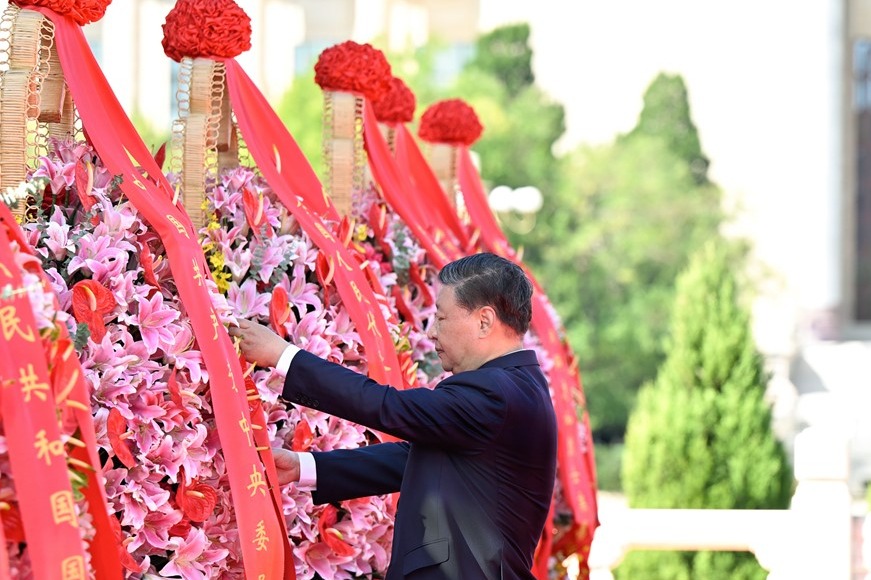Rush of vitality drives changes in mobility


The 40-day Spring Festival travel rush of 2025 reached the halfway point on Tuesday. During the period, the national passenger flow is expected to reach 9 billion person-times, an increase of approximately 7 percent compared with last year.
The nationwide population flow is a key factor in the development of the country. This year, the passenger volume of railway and civil aviation is expected to exceed 510 million and 90 million respectively, both reaching historical highs. The orderly migration during the Spring Festival travel rush is inseparable from the continuous improvement of China's transportation infrastructure network and reflects the tremendous economic and social development of the country.
When the Spring Festival travel rush first emerged with migrant workers flocking back to their hometowns to celebrate Chinese New Year with their families, China faced a shortage of transportation infrastructure and limited transport capacity. With economic development and deepening reforms, highways, water transport, civil aviation, and railways have all been significantly improved, gradually forming a multi-level travel system.
In recent years, China has built the world's largest high-speed railway network and highway network, as well as world-class port and airport clusters. The total mileage of the comprehensive transportation network exceeds 6 million kilometers, providing strong support for public travel.
Today, the Spring Festival travel rush is no longer just synonymous with returning home for Chinese New Year; reverse reunions and tourism during the travel rush have become new trends. Many elders come to the cities where their children work to celebrate the festival. Ice and snow tours, winter escape tours, traditional customs tours, and cultural tours have become travel trends. The form of family reunions has quietly changed with the passage of time.


































